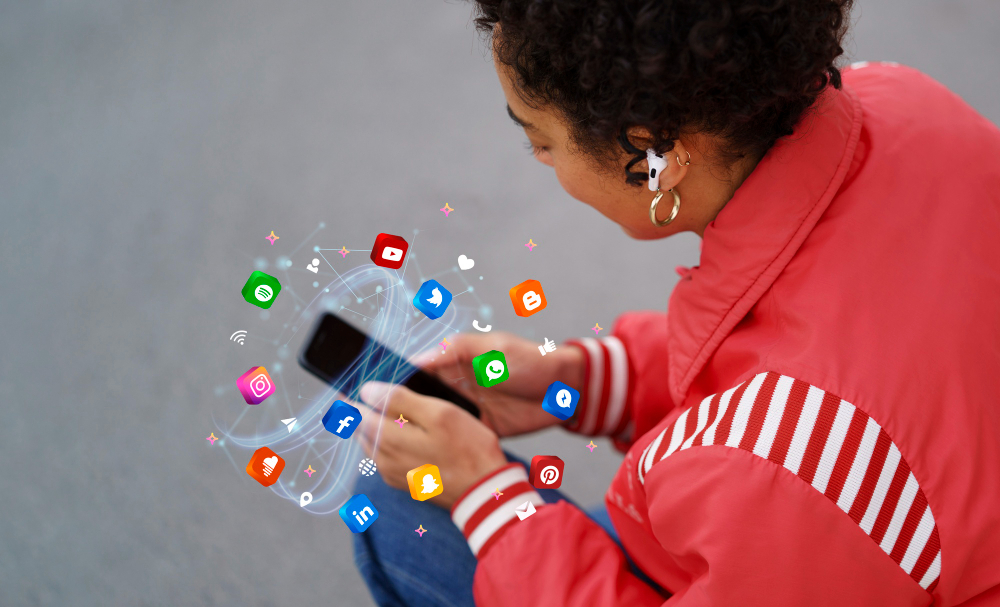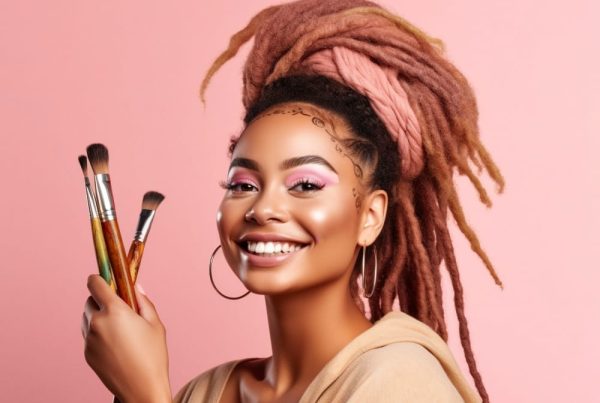Table of Contents
Greek philosopher Heraclitus was a smart dude – a self-taught pioneer of wisdom. Famous for his insistence on ever-present change in the universe, he coined the phrase, “Change is the only constant in life.”
There’s a slim chance he was referencing the current social media trends. Facebook opened to the general public in 2006 – and Heraclitus kicked the bucket in 475 BC. But he was definitely on to something.
Social media is no exception to the Heraclitus rule on change. First, we had Facebook and Twitter. Next, it was Google +. Today, there’s a social media network for professionals, millennials, DIYers and daters.
Need a good laugh? Check out the 15 social media trends that defined a generation – from the Cinnamon Challenge to Batmanning.
1. Facebook grows older.
Age is among the most important demographics for businesses and social media marketers alike. In 2016, social media campaigns are predicted to include even more targeted ads based on age. Facebook is at the top of that list.
Facebook is moving towards an older demographic – according to recent social media statistics. Marketers project a 7.6 percent share increase for seniors – the largest among all demographics. On the flip side,marketers expect the young millennial demographic (18 to 24) to decrease in 2016.
As Facebook grows older, Instagram, Twitter and Tumblr are trending younger. Today, there is hardly any senior engagement on Tumblr or Instagram. As for the other social networks, expect the 25 to 35 age group to remain the strongest across the board.
2. The rise of messaging apps.
After Google launched its mobile-friendly algorithm update, the web officially became a mobile-first world. Today, we are already moving beyond the mobile era – and into the messaging-app era. Messaging apps are overtaking social networks as the dominant mobile platform.
The ability to text and call long distance is only the beginning for messaging apps. The same powerful apps also bring users their favorite brands, publications and services. Imagine everything you love – all in one consolidated and personalized package you can take everywhere you go.
Social networks are simply old-hat in a world dominated by messaging apps. In fact, messaging apps hit a milestone at the end of March. For the first time ever, the top four messaging apps combined had the same amount of users as the top four social networks. Messaging apps will remain one of the biggest social media trends in 2016.
3. Social networks become search engines.
In the past, nothing influenced a consumer more than a first-page ranking on Google.Today, we are shifting our focus away from Google towards online reviews and comments. Google is still a top contender. But our search for products and services has officially entered the social sphere.
From Facebook and YouTube to Yelp, online reviews and comments influence 88 percent of consumers.Perhaps the biggest role in this monumental shift is Pinterest. Dominated by 30-something women with young families, Pinterest uniquely targets our largest demographic of shoppers.
According to data on social media trends, the shift from search to social isn’t just in progress – it’s already here. Organic search formerly made up the lion’s share of website visits – but not anymore. Collectively, the top 8 social networks now drive one-third of traffic to websites.
4. Politicians saturate the social web – and fight dirty.
The Barack Obama campaign was the first in history to truly harness the power of social media. Today, social networking sites are a more important arena for politics than ever before. Politicians now recognize social media as not a novelty – but a necessity.
The number of active users on social media and mobile devices has reached the billions. Adding fuel to the fire is the staggering 66% of users who engage in political activities on social media. The numbers will only grow as more presidential candidates continue to broadcast (and one-up each other) on social media.
Remember when Hillary Clinton announced her presidential candidacy on YouTube? How about when Donald Trump engaged in a war of words with Fox News on Twitter? These are just two examples of politics becoming one of the big social media trends. In 2016, expect even more politicians to saturate the social media space.
5. Culture meets big data.
Even the most primitive marketing campaigns aimed to deliver one thing: an experience. Although everything else has changed, this primary goal remains the same. In fact, delivering an experience is more true today than ever before.
Successful products once delivered a commodity. Today, it’s about the culture. How do brands build a culture? Through the fundamentals of social media. Nothing rallies groups together like an incentive towards social justice, a mood, or inclusion into a club. Social media makes culture possible.
Big data is the modern marketer’s best friend. We can access endless information about consumer preferences – to personalize services, form relationships, and create unique experiences. With big data available at every click, there’s no excuse to miss the culture element of today’s social media trends.
Source: Bowen Media.
This article was originally published in 5 October 2016. It was most recently updated in November 18, 2024 by Wise























